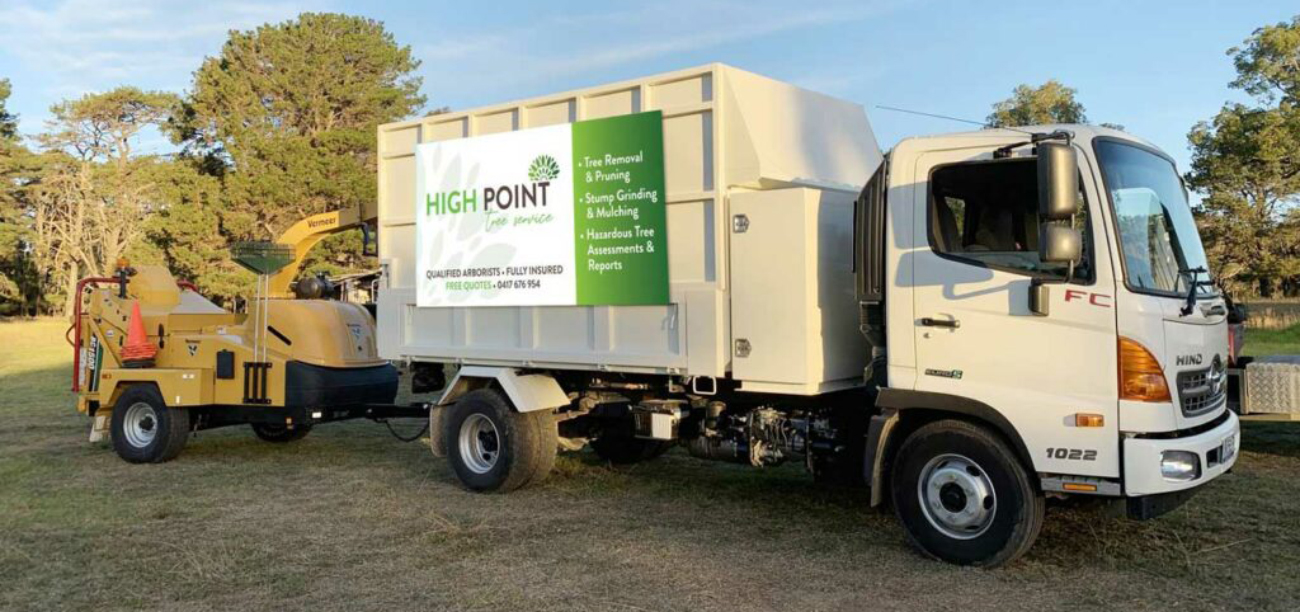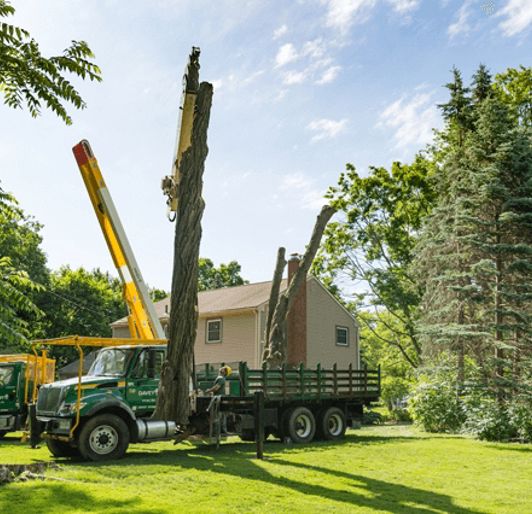All Categories
Featured
The elimination of trees can create open areas that are susceptible to weed intrusion. When trees are present, their thick canopies commonly shade the ground, restricting the quantity of sunshine that gets to the dirt. However, after the removal of trees, these open areas get increased sunlight, providing excellent conditions for weed development.
:max_bytes(150000):strip_icc()/sample-contract-for-removal-jobs-by-tree-services-2130959-hero-26fe7131be0f4a37865a9bca066fa3c6.jpg)
They might recommend the usage of mulch, which acts as a protective obstacle on the soil surface area, protecting against weed seeds from germinating and reducing weed development.

The presence of trees promotes a rich and diverse area of dirt microorganisms. Tree roots supply a source of raw material, exudates, and nutrients that support the growth and task of useful dirt bacteria. Nonetheless, when trees are removed, the absence of their roots can interrupt the delicate balance of the dirt's microbial ecosystem.
What Is The Best Wollongong City Council Tree Removal Company Near Me
This modification in pH can impact nutrition accessibility, microbial task, and total soil wellness. To deal with the effects of tree reducing on dirt pH, tree elimination experts can give valuable advice. They may recommend soil screening to evaluate the current pH levels and determine the required changes. Based upon the results, professionals can suggest pH change techniques, such as adding lime to increase dirt pH or integrating elemental sulfur to lower it.

It refers to the compression of dirt fragments, resulting in lowered pore space and increased soil density. This compaction can negatively impact the soil's capability to work ideally, affecting its water-holding capability, nutrition availability, and root penetration. Appropriate methods used by tree removal experts can aid minimize compaction and preserve the dirt's capability to retain water, and enable ample airflow and careful tools handling.
Latest Posts
Who Is The Best Stump Removal Wollongong Company?
What Is The Best Wollongong City Council Tree Removal Software?
Who Is The Best Stump Removal Wollongong Service?